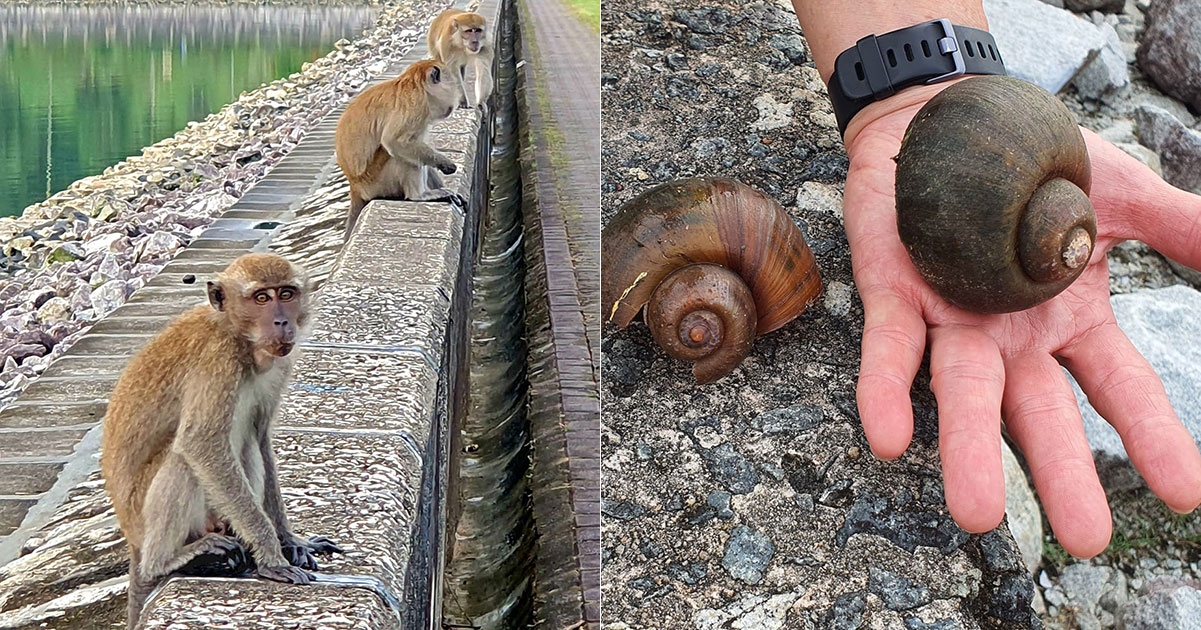Do you like escargot?
You're not alone.
A monkey species in Singapore apparently also shares the same taste and has a penchant for snails.
Fresh from the reservoir.
A park goer shared on Facebook several photos of macaques having a feast beside the freshwater body.
According to the park goer, "several empty snail shells on the embankment and grass verge" were left behind.
The long-tailed monkeys were apparently eating apple snails.
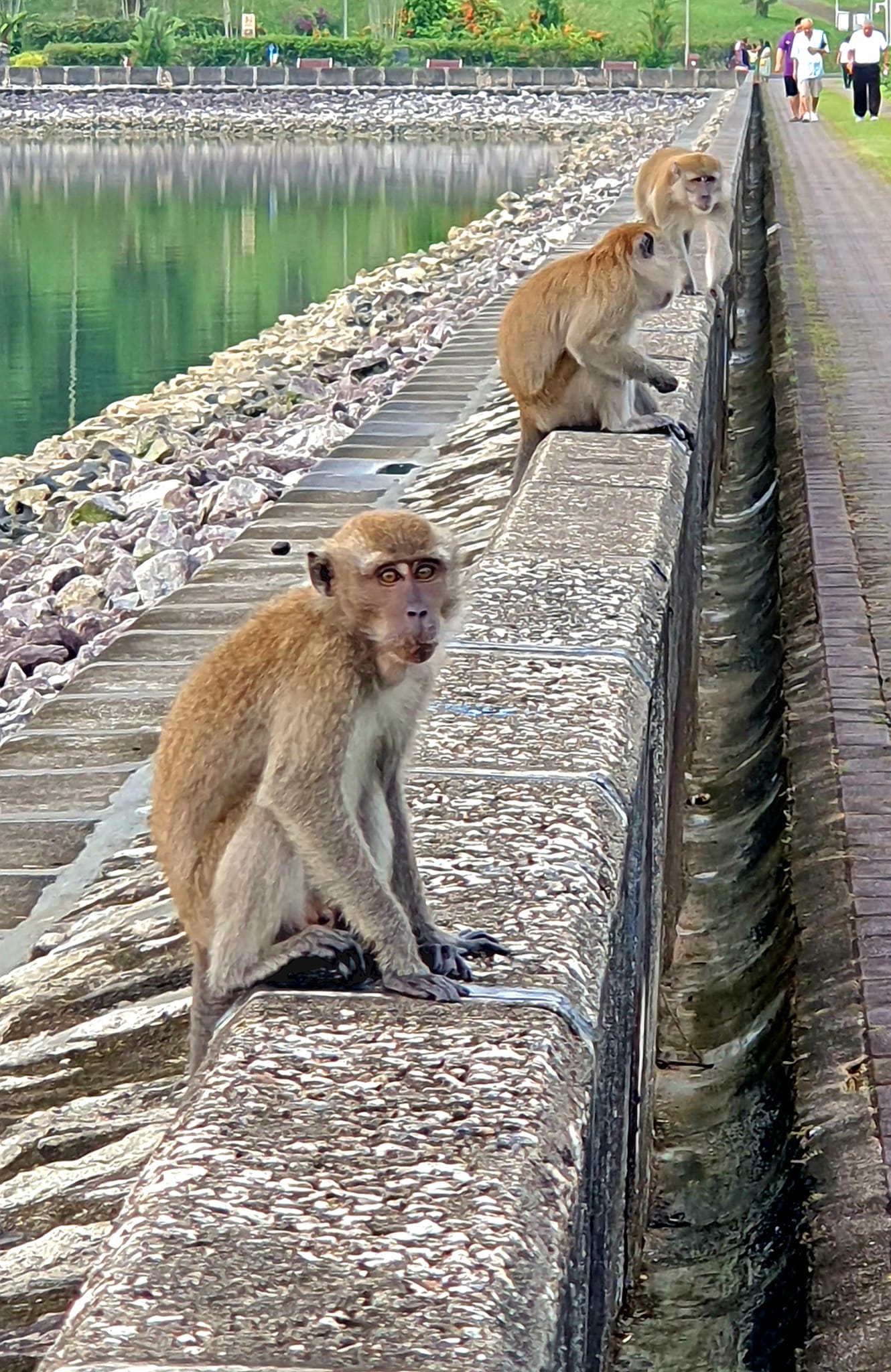 via Peggy Leongk
via Peggy Leongk
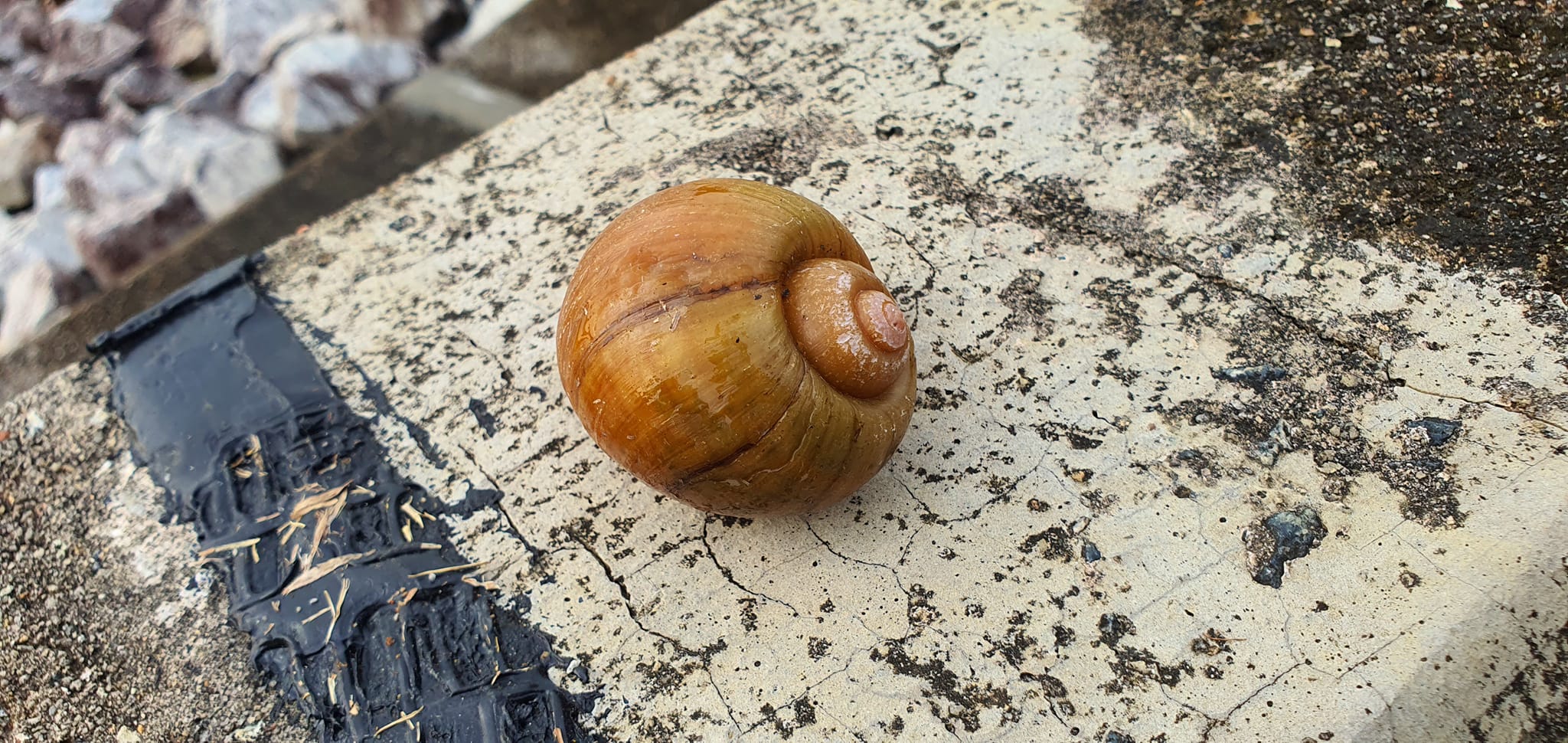 via Peggy Leongk
via Peggy Leongk
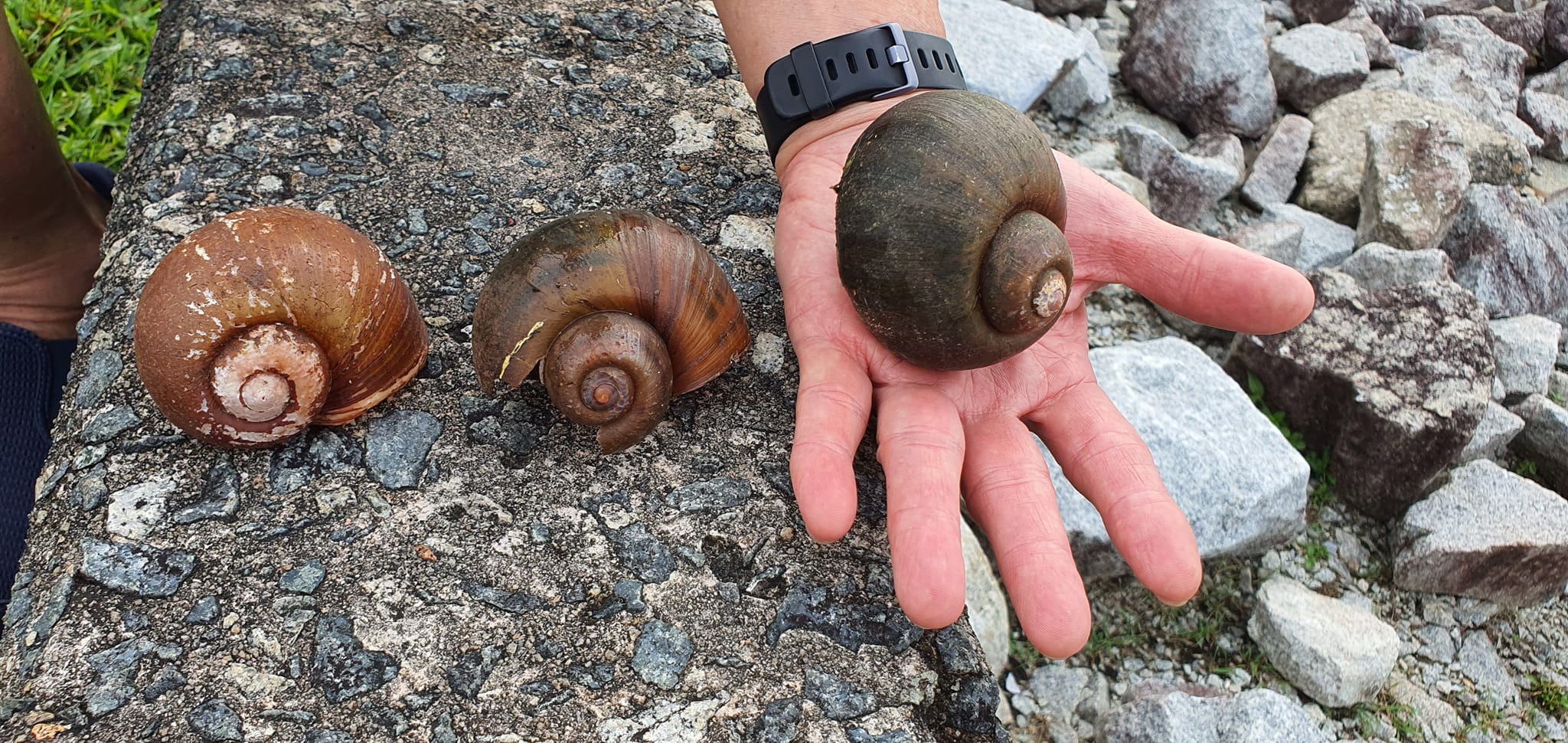 via Peggy Leongk
via Peggy Leongk
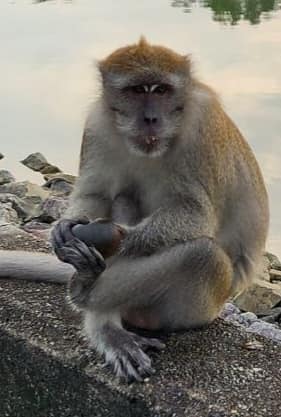 via Peggy Leongk
via Peggy Leongk
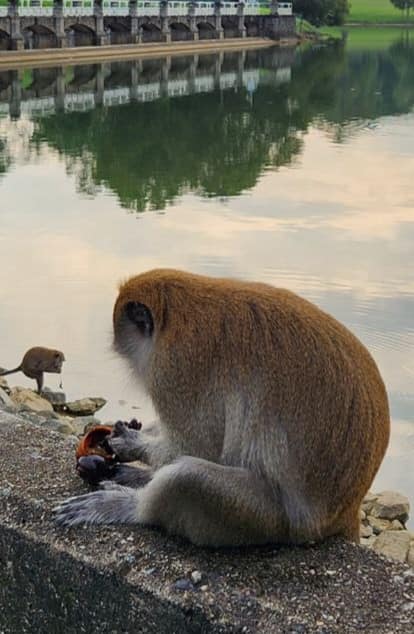 via Peggy Leongk
via Peggy Leongk
Not new
Such behaviour is not new.
It was observed in 2016 that the monkeys were well-versed in consuming the snails at the same reservoir.
Devoid of tools, they used their fingers to retrieve the flesh from the shell.
Even though the park goer who shared the latest photos assumed that the macaques "have discovered a new delicacy", it was previously observed seven years ago that the monkeys are known to be omnivorous and have a very flexible diet, and would eat apple snails.
In fact, the macaques eat fruit, seeds, leaves, insects, crabs and other small animals depending on availability.
The macaques were even observed to have ignored the pink egg masses of the apple snail on the rocks.
Among top 100 most invasive species in the world
Eating apple snails helps keep its population in check in Singapore.
The notorious golden apple snail (Pomacea maculata) is native to South America.
The species likely entered Singapore's natural habitats through the aquarium trade in the 1980s.
The species can lay eggs in clusters of up to 1,000 eggs and this allows them to out-compete native species of apple snails, which lay eggs in smaller quantities.
Golden apple snails were introduced to Asia as a potential source of food but the species has become a major pest in rice fields.
When left uncontrolled, this highly invasive species can lead to more than 50 per cent yield loss.
They are listed among the top 100 most invasive species in the world.
Top photos via Peggy Leongk
If you like what you read, follow us on Facebook, Instagram, Twitter and Telegram to get the latest updates.

